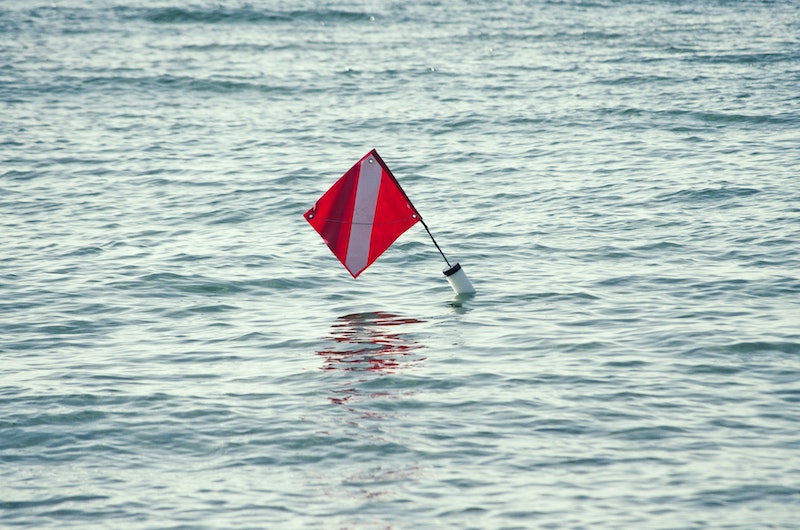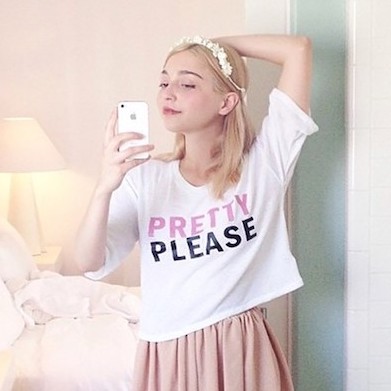With All Due Respect: The Bigger Picture
Where did things go wrong with Santiago Sierra’s Union Flag? And what does its reception say about the future of art in Australia?
Words: Christina Chau
Earlier this year Australians debated over an artwork by Santiago Sierra developed for the Dark Mofo festival this winter, run by the Museum of Old and New Art (Mona), Hobart. Sierra’s work titled Union Flag invited First Nations Peoples to ‘volunteer’ as ‘participants’ in the work by ‘donating’ their blood which would be used to soak a Union Jack flag. When the work was first promoted by Dark Mofo, people responded with clear, articulate and considered protests on social media, across a range of mainstream media and publications in the arts.
Having Sierra in Dark Mofo would have been a big draw card for Mona’s festival and collection given the artist’s global recognition. The concept of Union Flag was consistent with Sierra’s longstanding reputation for provocation and controversy. He is an inter- national conceptual artist known for polemical works like 160 cm Line Tattooed on 4 People which often generates discussion and debate around political ambivalence, artistic labour, exploitation, and social inequality.
It is not surprising for international artists to experience a variety of local responses to their work. So what went wrong? As an onlooker to Australian culture Sierra may have thought that by performing familiar dynamics of power and domination, he could create discussion and critique about colonialism. However, Sierra did not understand that by doing so, he was leveraging off the pain of current colonial traumas in order to gain attention, and that these responses are not novel or minor, but rather are deeply felt by wider Australia. Here, mimicking systems of oppression is not enough to critique them, and an attempt to do so or support such creative efforts shows a lack of foresight around the future of art in Australia.
Of course, in the art world anyone (although it’s never really any one) has the right to explore alternative subjectivities and histories through their craft. However, that does not suggest that anyone can do that particularly well, especially when they might risk simplifying complex identities. There was little consideration around how Union Flag would be received, discussed, and protested. It makes me wonder that with all of the protests and discussions about Sierra’s work in the past, who’s protests haven’t been listened to? Whose voice is more important in our communities? Whose work could we instead be giving attention to? What are more productive modes of critique from the perspective of an artist or institution?
I’ve turned to Jessyca Hutchens to gain her perspective – she’s a descendant of the Palyku people and grew up on Noongar country, is doing her PhD at the University of Oxford on artist-in-residency programmes and was recently the assistant curator to artistic director Brook Andrew for the Biennale of Sydney 2020 NIRIN. She has so generously and patiently answered these questions with a productive and open mindset, and thought about how to unravel and re-centre issues around access and privilege:
“[The Biennale] had a high number of Indigenous artists and black artists from around the world. It struck me that having an Indigenous artistic director whose practice has for so long been concerned with issues of representation and colonialism, meant that we weren’t facing this on-going issue of so called marginalised peoples being represented by others, or having issues such as racism and colonialism re-framed from a Eurocentric perspective. This didn’t mean that people weren’t exchanging ideas or never representing stories outside of their own communities or experiences, but it felt to me that this always came from careful positioning and from a perspective of shared lines of connection, solidarities or kinships, rather than a kind of capitalising upon marginal positions or from exoticising the ‘other’.”
Sierra’s work only performs colonial relations through a Eurocentric prism, which becomes an impotent gesture when the participants and audiences involved share direct memories of colonial trauma. Rather than recycling the bind, Hutchens suggests that unravelling and re-centering how art is made, shown, viewed, and collected is a much more nuanced form of colonial critique. Hutchens continues:
“Such a responsibility towards representation of others comes through giving, say, Indigenous artists and curators real agency and power, rather than simply considering things from a more tokenistic perspective of diversity and inclusion. I don’t believe there should be any strict rules around who can cover certain topics, but there should be an awareness of the power imbalances that continue to shape how certain representations will be received, the lines of access that continue to promote certain voices over others, and the ramifications for certain communities who have long been subject to violent misrepresentations that are deeply entangled with colonial processes.”
Hutchens cuts through and dismantles the narratives that Sierra seems to be still caught up in and opens us to a more fruitful way of thinking about the future and potential of making, discussing, viewing and owning art in Australia.
Art Collector contacted the media manager for Mona who said “David [Walsh] does not wish to comment…The Dark Mofo team have also declined on this occasion.”
Photo courtesy: Unsplash.
This article was originally published in Art Collector issue 97, July to September 2021.





